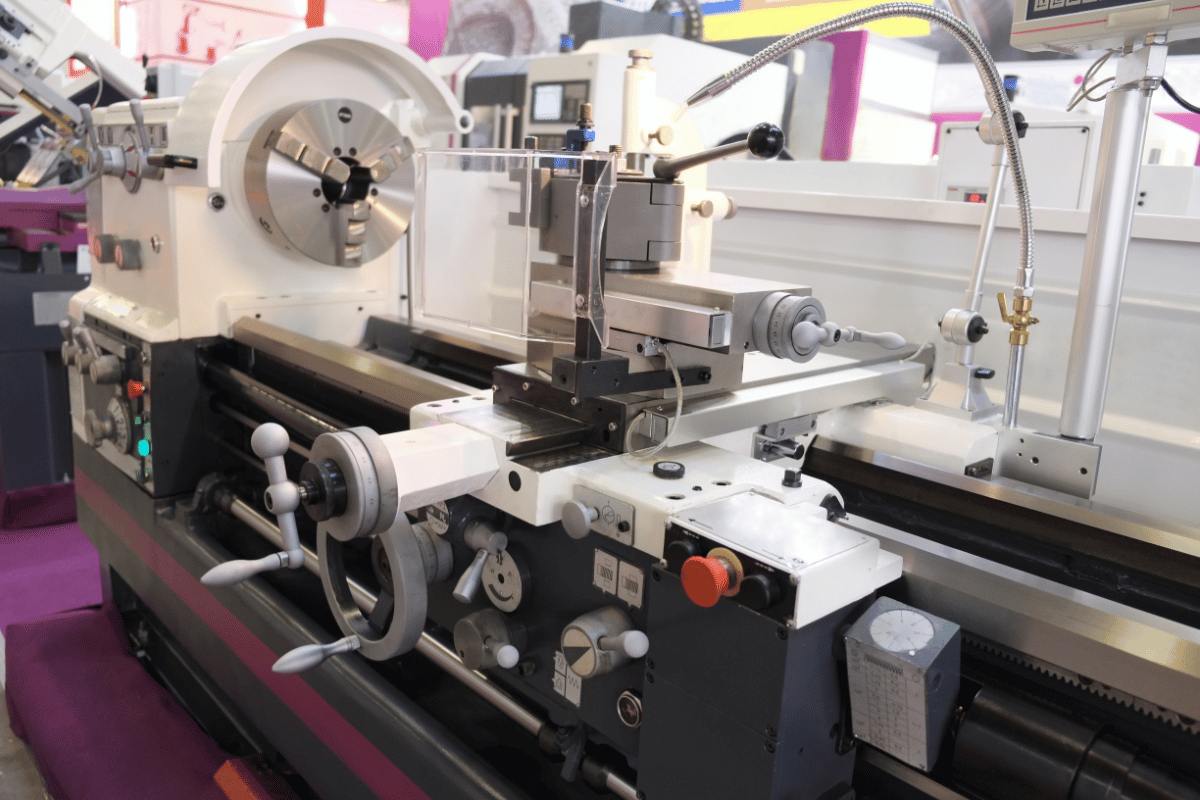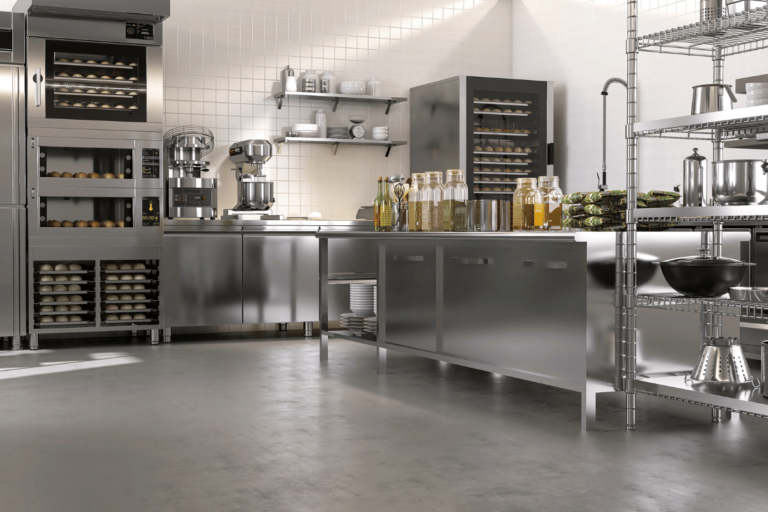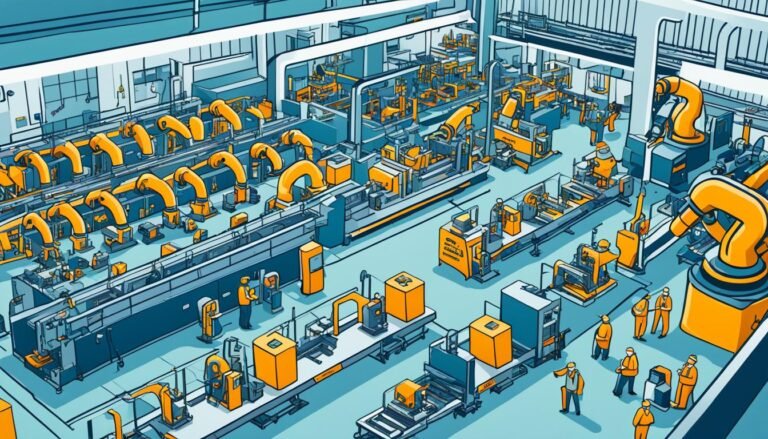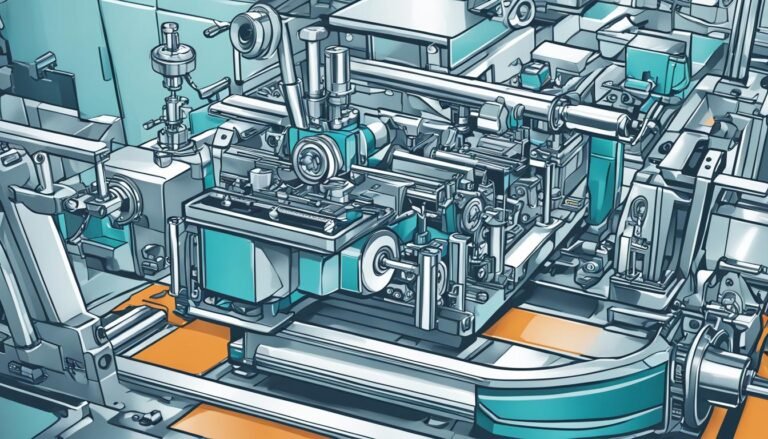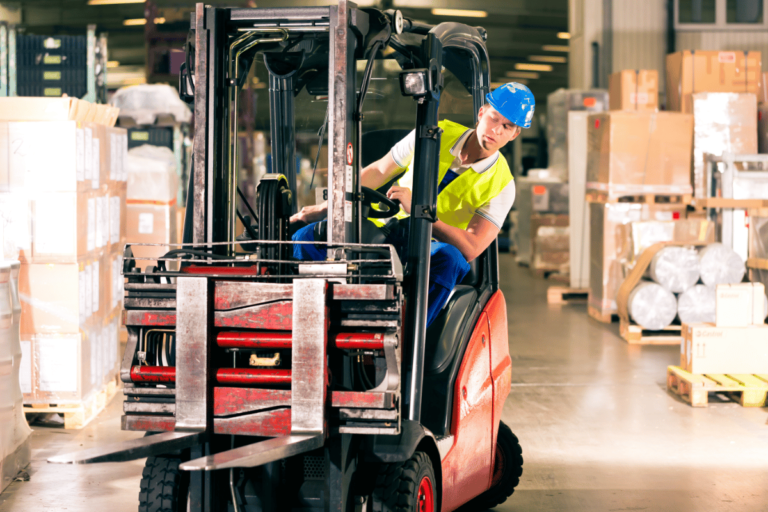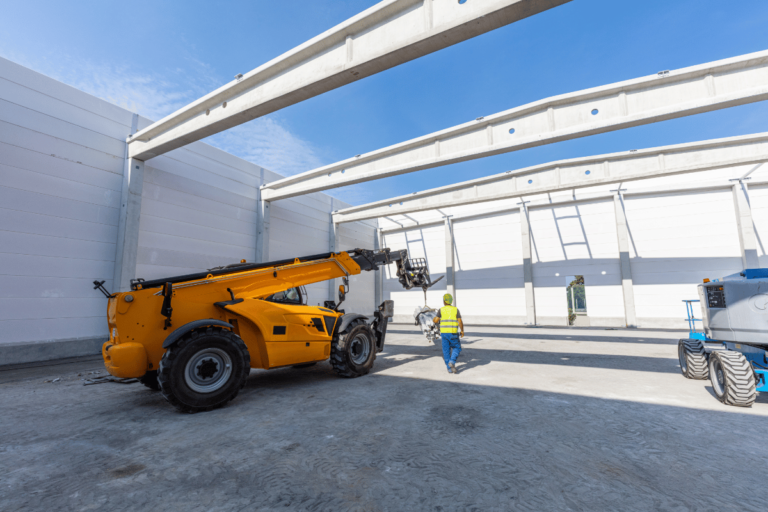How Metal Lathes Drive Efficiency and Profitability in Business Operations
Metal lathes are essential for businesses aiming to enhance productivity and profitability, whether in small machine shops or large-scale operations. By automating precise cuts and reducing manual labor, metal lathes streamline the manufacturing process, resulting in faster turnaround times and higher output. Investing in a high-quality metal lathe reduces production errors and material wastage, saving money and improving product quality, thus boosting competitiveness. Modern metal lathes, with their advanced features and robust performance, ensure machining jobs are handled efficiently and accurately, significantly optimizing operations and driving business success.
The Role of Metal Lathes in Modern Manufacturing
In modern manufacturing, metal lathes are crucial for precision, efficiency, and innovation. These machines enhance the quality of products while reducing production times and costs.
Essentials of Metal Lathe Technology
Metal lathes have become indispensable in today’s manufacturing by ensuring precision and reliability. They are used to shape metals into specific designs, maintaining exact dimensions.
Lathe technology has evolved to allow for automatic controls, which means you can produce your parts with minimal manual intervention. Machines are now equipped with digital readouts and CNC (Computer Numerical Control) systems, making them more user-friendly and efficient. These advancements help you achieve high-quality finishes consistently.
Safety features have also improved. Modern lathes come with emergency stop buttons and guards to protect operators, making your workspace safer and more productive.
Innovation in Lathe Design
Recent innovations in lathe design focus on maximizing efficiency and precision. Newer models incorporate multi-tasking capabilities, allowing for turning, milling, drilling, and threading in a single setup. This reduces the need for multiple machines and streamlines your production process.
Furthermore, advancements in materials and engineering have made lathes more durable and less prone to wear and tear. This increases the lifespan of the machinery and reduces maintenance costs for your operations.
Some modern lathes also feature smart technology, such as IoT (Internet of Things) connectivity. This allows for real-time monitoring and predictive maintenance, ensuring you can keep your machines running at optimal performance.
Comparison to Traditional Manufacturing Methods
Traditional manufacturing methods often involve multiple steps and various tools to achieve the desired product shape and size. This can be time-consuming and prone to human error. Metal lathes streamline this process by combining these steps into one machine.
Unlike traditional methods, metal lathes provide higher precision and repeatability. This ensures that every part produced meets the exact specifications, reducing waste and rework. You also benefit from faster production times, as modern lathes can operate continuously with minimal supervision.
Additionally, the flexibility of metal lathes allows you to quickly switch between different types of workpieces and tasks. This adaptability makes them ideal for both low-volume and high-volume production, giving you more control over your manufacturing processes.
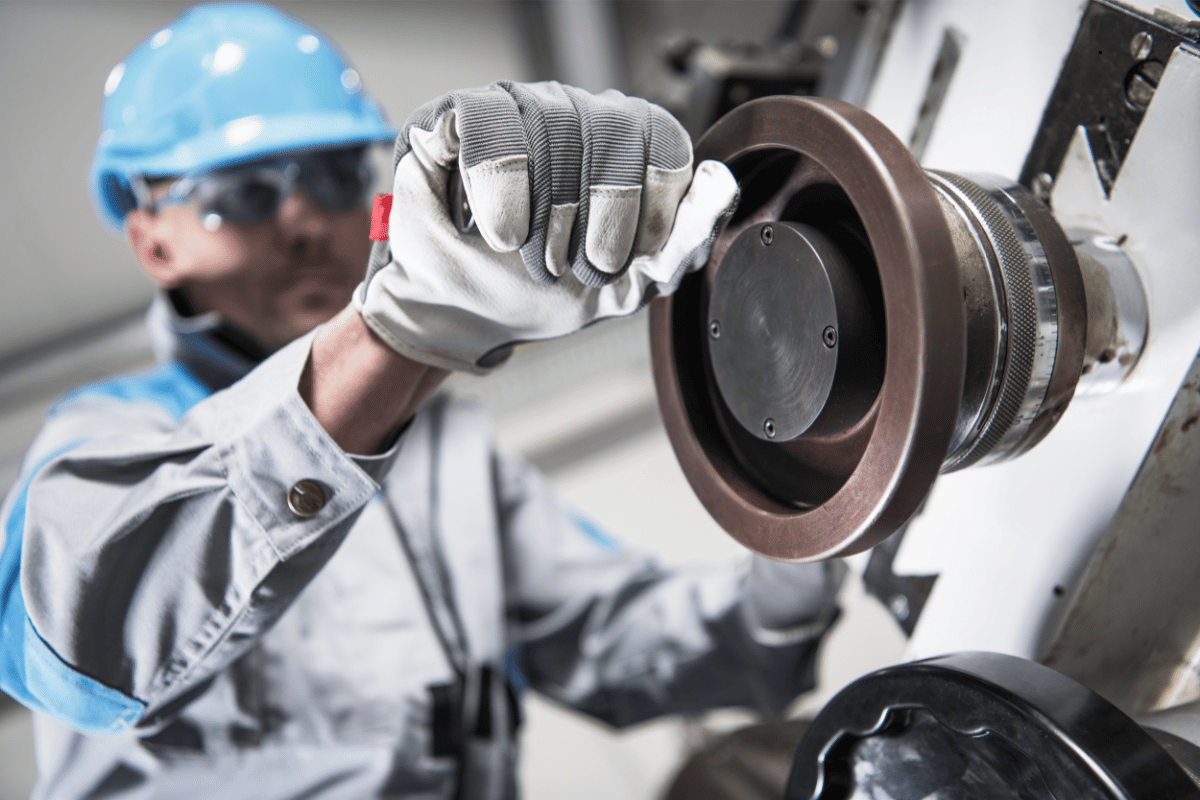
Maximizing Throughput with Precision Engineering
Precision engineering plays a vital role in enhancing production volume and reducing waste. By focusing on the minutiae, you can significantly boost throughput and optimize efficiency. Let’s explore how this can transform your business.
Impact of Precision on Production Volume
When you utilize precision in engineering, every component produced meets exact specifications. This consistency ensures that each part fits seamlessly without additional tweaks or adjustments.
With precision, your production line operates smoothly, avoiding unnecessary delays. This efficiency translates directly into higher production volumes. A well-tuned metal lathe, for instance, can sustain a consistent output, maximizing the use of available resources.
Precision also enables better automation since machines can operate with minimal human intervention. This increases the speed of production, making it easier to meet targets and demand.
Reducing Waste with Precision Lathes
Precision lathes are designed to cut materials with minimal waste, reducing both scrap and the need for rework. This not only saves you money but also maximizes material usage.
When materials are cut accurately, there’s less off-cut and discard. This efficiency lowers operational costs and promotes a more sustainable production process.
Using precision lathes also means fewer defective products. By maintaining tight tolerances, you ensure that each item produced meets quality standards without requiring extra adjustments or fixes. This reduction in defect rates further drives profitability and operational efficiency.
Financial Implications of Metal Lathing Investment
Investing in a metal lathe comes with a significant upfront cost but can lead to long-term financial benefits and efficiencies. This section discusses the critical aspects of cost analysis, long-term savings, and economies of scale associated with metal lathing investments.
Cost-Benefit Analysis of Lathe Acquisition
Initial costs for metal lathes vary depending on specifications and features. While high-quality lathes have a steep upfront price, they offer durability and advanced functionalities.
Consider the average cost for a reliable metal lathe, which ranges between $5,000 and $50,000. You should weigh this cost against potential efficiency gains and precision improvements. Higher productivity and improved product quality justify the initial outlay.
Budgeting for maintenance and training is also crucial. Allocate funds for routine maintenance to avoid unexpected downtimes and invest in operator training to maximize the machine’s potential.
Long-Term Savings and ROI
Over time, the efficiency of metal lathes leads to significant cost savings. Automated operations reduce labor costs by minimizing manual intervention. The precision of these machines also lowers scrap rates, saving on material costs.
Think about energy efficiency as well. Modern lathes are designed to be energy-efficient, reducing your overall operational costs. With these savings, the return on investment (ROI) becomes evident within a few years.
Regular use and proper maintenance extend the lifespan of your lathe, spreading the initial investment over many productive years. This long-term view underscores the financial prudence of investing in quality equipment.
Grasping Economies of Scale
As production volumes increase, the cost per unit produced decreases. Metal lathes enable consistent quality at higher production speeds, helping you achieve economies of scale.
Scaling your operations with metal lathes allows you to meet larger orders without compromising on quality. This can make your business more competitive and responsive to market demands.
Moreover, reduced production time combined with high accuracy leads to a more streamlined workflow. This not only saves money but also allows for reinvestment in further growth opportunities, enhancing profitability.
Case Studies and Industry Success Stories
A Manufacturing company saw a 20% increase in productivity after integrating advanced metal lathes. By reducing manual labor and decreasing errors, they cut production costs significantly. Their return on investment was achieved within the first year.
An Aerospace firm experienced remarkable improvements in precision and efficiency. Using modern metal lathes, they reduced production time by 30%. This allowed them to meet tighter deadlines and take on more projects, leading to a 25% increase in revenue.
MidWest Tools improved its turnaround time and reduced costs per unit, leading to higher customer satisfaction and repeat business.
| Metric | Before Metal Lathe Integration | After Metal Lathe Integration |
|---|---|---|
| Production Time | 3 hours | 1.5 hours |
| Error Rate | 8% | 2% |
| Cost per Unit | $50 | $40 |
These real-world examples show how metal lathes can transform business operations. By adopting this technology, companies across various industries are realizing significant gains in productivity, cost savings, and overall profitability.
Key Benefits
- Increased Efficiency: Faster production times and reduced manual labor
- Cost Savings: Lower error rates and decreased material waste
- Higher Precision: Enhanced product quality and consistency
In conclusion
Metal lathes are pivotal in enhancing business efficiency and profitability. By automating precise cuts and reducing manual labor, these machines streamline the manufacturing process, resulting in faster turnaround times and higher output. The investment in high-quality metal lathes significantly reduces production errors and material wastage, improving product quality and boosting competitiveness. Modern metal lathes, with advanced features and robust performance, ensure efficient and accurate handling of machining jobs, optimizing operations and driving business success. Real-world examples illustrate the transformative impact of metal lathes, showcasing significant gains in productivity, cost savings, and overall profitability across various industries.

